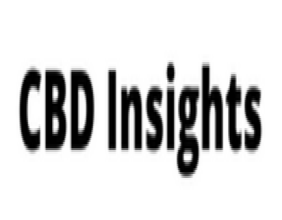Highlights
- Australian dollar rises as job report beats expectations.
- Bond yields increase with the three-year return reaching 3.80%.
- Market odds of an RBA rate cut by December decline significantly.
The Australian dollar saw a notable rise of 0.3%, reaching US66.90¢, after the September labour report surpassed expectations. The stronger-than-anticipated employment data reduced the likelihood of an imminent interest rate cut by the Reserve Bank of Australia (RBA), prompting shifts in the financial markets.
The bond market reacted with yields climbing across various maturities. The three-year government bond yield, which is often sensitive to monetary policy changes, increased by 5 basis points, pushing the rate to 3.80%. The 10-year government bond yield also followed suit, reaching 4.25%. These yield increases reflect a reduced expectation of a near-term rate cut, as investors adjust to the stronger economic data that suggests ongoing resilience in the labor market.
Money markets, which closely track interest rate expectations, now imply a less than one-in-three chance that the RBA will lower the cash rate by December. Prior to the labour report's release, the probability of a rate cut by the end of the year stood at a more balanced 50:50. However, with the new employment data painting a stronger economic picture, expectations for any near-term rate cut have been reduced significantly.
Despite the shift in sentiment for a December rate cut, the markets remain optimistic about an interest rate reduction early next year. They are now fully pricing in the likelihood of a rate cut in April. Earlier predictions had expected the RBA to act as soon as February, but this timeline has now been pushed back as stronger employment data tempers expectations for immediate monetary easing.
The Reserve Bank of Australia has been closely monitoring inflation and labour market conditions as key factors in its decision-making process. While inflation remains a concern, the better-than-expected jobs report suggests the economy is holding up stronger than anticipated, giving the RBA more room to wait before taking further action on interest rates.
As the RBA weighs these economic factors, the financial markets will continue to adjust their outlook. For now, the stronger Australian dollar and rising bond yields indicate that investors are pricing in the likelihood of higher interest rates for a longer period, at least until early next year.






